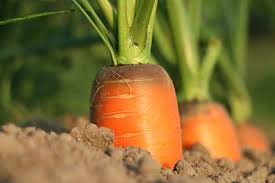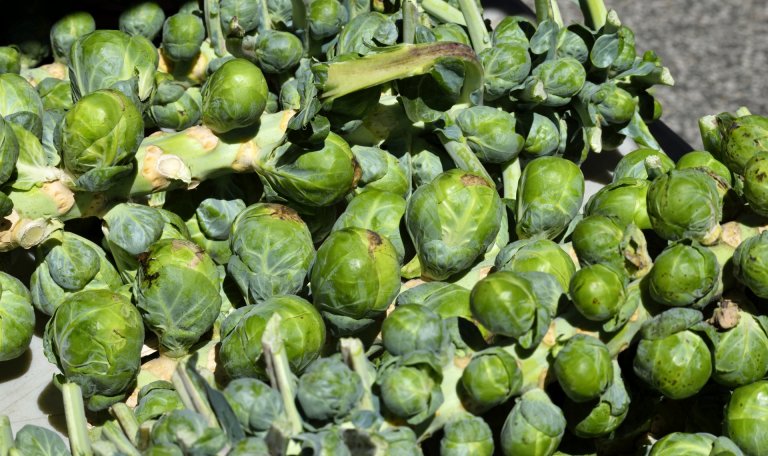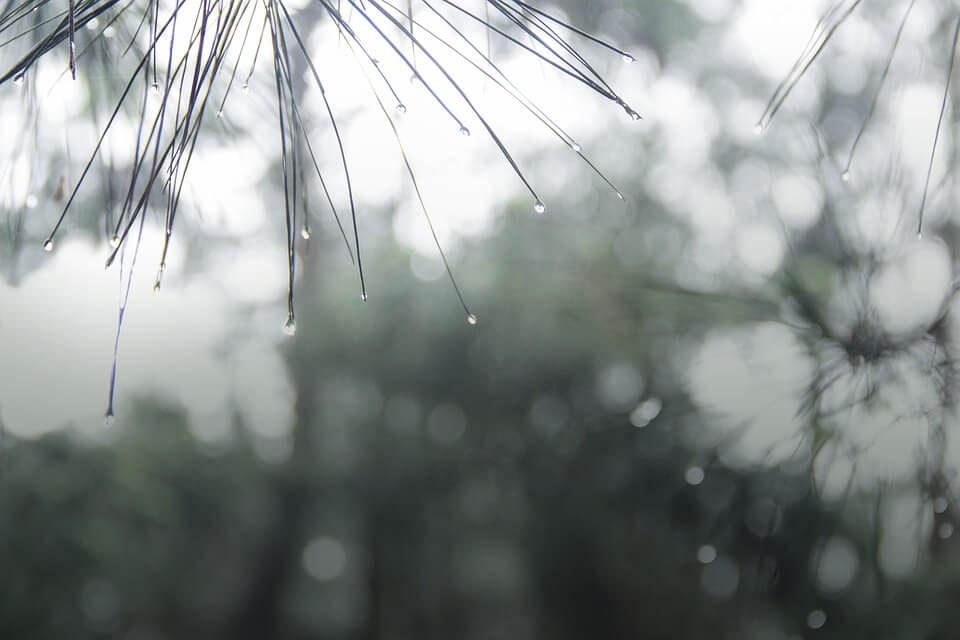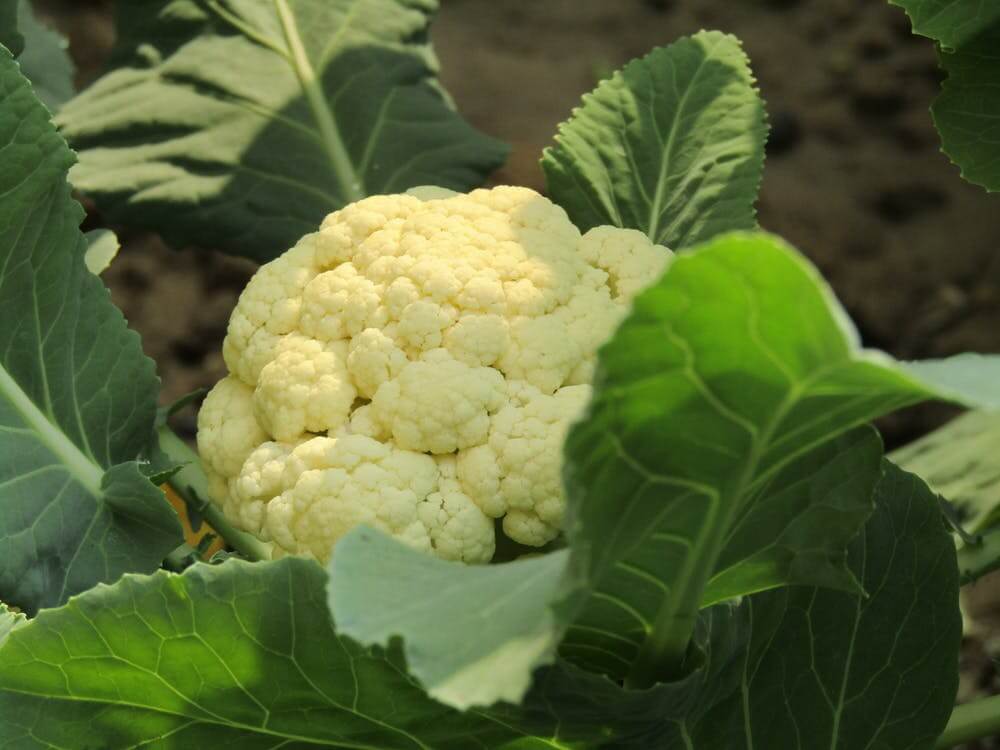As is usual with our fall post, we are terribly sorry that we haven’t documented more over the summer. It’s not been for lack of content, but rather lack of time. I think most of us northerners understand that the summers are simply cramped beyond measure. We have an inch of snow on the ground and we are still looking to pull out our final carrots and harvest our remaining kale.

Fortuitously, we had an extremely successful growing season this year. At this point, we’ve harvested everything and preserved whatever we couldn’t use. We have bags and bags of hot peppers, dried leeks & onions, and many pounds of sprouts. We also have plentiful squash and more potatoes that rivals the weight of a well-built teenager. We are at the point of having to invent further storage to handle the bounty of our garden, we weren’t prepared entirely for our harvest.
 This year’s success can be attributed to two major changes. As we detailed earlier this year, we made a decision to go non-organic. The reasons of which are laid out in an earlier post. The second big boost was careful attention to soil amendments and the creation of raised bed soils based in modern, intensive gardening techniques. It is quite obvious that the liberal use of compost is absolutely a requirement for a successful garden up here. We had more bounty than we could use, a problem which we intend to solve next year.
This year’s success can be attributed to two major changes. As we detailed earlier this year, we made a decision to go non-organic. The reasons of which are laid out in an earlier post. The second big boost was careful attention to soil amendments and the creation of raised bed soils based in modern, intensive gardening techniques. It is quite obvious that the liberal use of compost is absolutely a requirement for a successful garden up here. We had more bounty than we could use, a problem which we intend to solve next year.
While it was an incredibly challenging season, our freezer is full of freshly preserved foods that we grew. This is exactly what we set out for when we set this dream afire so many years ago. It is a similar call to that of the hunter, albeit different methods. We seek to have a good part of our food come from our own efforts. We seek food security, to know that we can grow most things given only sunlight and attention to the skills it takes to get from seed to harvest. In this most challenging environment, we have finally unlocked many of the doors that it takes to succeed.
We knew, despite the challenges, that we were ahead of the curve this year. It was a great opportunity to give feedback to other gardeners. Many of which are seasoned here but still struggle from year to year. It was really simple, common-sense things that we dealt with. Amending our poor soils early in the season, providing an aggressive weekly liquid fertilizer and the heavy use of mulching techniques to keep soils at optimal temperatures. (In our case, weed fabric.) We just set forth early this year to try to do better than we ever had before, and it worked.

The season presented drawbacks, too. It was an extremely difficult year for tomatoes, peppers and all other warm weather crops. We had one month (July) of decent warm temperatures, but barely a day that would be considered hot. August was cool and extremely rainy, which prevented any hopes of outdoor maturity. We also didn’t see nearly as many pollinators this year. (Which has us thinking we might need to do our own bee-keeping as a method of providing guaranteed pollinators.) Our pepper crop did well, but only because I was willing to bring aphid infested plants into the indoor grow room. I knew it would be dormant for months to kill off any living things.
Speaking of aphids, this year’s challenge was one for the history books. Most of us struggled with aphids, in a quantity that we usually never see. I don’t entirely understand the reason for the infestations, but I do know that it was area wide. Everyone noticed the uptick, it affected many things. One of our most enjoyable aspects of growing up here was the lack of requirements for insecticides. I don’t entirely understand where we are at with global climate changes, given that they can’t be measured from year to year. But, this season was different according to most of us gardeners from the area.
So, while we apologize for the lack of updates this summer, we do have some plans for the winter months. Our hope is to get some variety specific details up here, with specific tips and tricks for each type of veggie. For me, at least, I’ve been able to close the loop on some things I’ve struggled with. Specifically with Brussels sprouts and even the dastardly cauliflower that I think our community will be interested in learning. As scientifically backed growers, we still try to experiment because it often reveals interesting characteristics that are very relevant to the area.
 One of our greatest experiments-turned-success this year was really just a happy accident. Entirely born out of laziness and lack of desire. We have struggled with cauliflower every year up here, and honestly, everywhere else we’ve tried to grow it. It is the most temperature sensitive crop that I know. This year, I had no intentions of even growing it, but at the last possible minute, changed my mind because I still didn’t want to buy commercial starts.
One of our greatest experiments-turned-success this year was really just a happy accident. Entirely born out of laziness and lack of desire. We have struggled with cauliflower every year up here, and honestly, everywhere else we’ve tried to grow it. It is the most temperature sensitive crop that I know. This year, I had no intentions of even growing it, but at the last possible minute, changed my mind because I still didn’t want to buy commercial starts.
Our cauliflower was started a full 3+ weeks late from the CES growing schedule. As it turns out for this year, this was the best possible decision. We got some very healthy heads and a majority of our plants produced a head, despite being small. The trick was a cool summer and that we saw maturity in August, which allowed the cauliflower to produce heads in cool, rainy weather. We also didn’t see a single head flower. So. as far as I’m concerned, I’ve learned this is the “correct” way to grow cauliflower up here. We will offer more information throughout the winter as we feel we have something to offer to the community of growers on this topic.
It is our hope, is that we can share more information about the most valuable things we learned from a very successful year. We are honestly really looking forward to winter, with less to do and certainly less things we have to pay attention to. Our hope is to allow this idle time to serve as balance for the summer. Also to reflect and remind ourselves that growing season starts again in just a few months from now. While we might face six months of winter, it all starts again in less than four months from now.
We hope that you’ve had a good season. If you’re preparing for next season, we hope that you’ll join us and share your own knowledge. We have now proven that it’s possible to have a wildly successful garden here, so our quest is to figure out the details of mastery from here! Cheers & hope you get some rest this winter!

